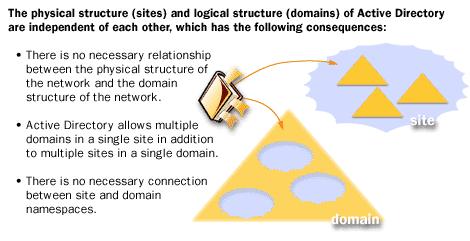Two structures of the website
The structure of the website is divided into two types: physical structure and logical structure. The structure of my own website is very messy. Not only is it not easy for search engines to quickly establish the overall structure of the website, it is also difficult for visitors to find the information they want, which undoubtedly plays a very bad role in the effect of SEO.
The following briefly introduces actual examples of the physical structure and logical structure of the website, so that readers can quickly understand and familiarize themselves with these two typical structures.
Physical structure
1. Definition:
The physical structure of the website refers to the actual storage of the website directory and contained files The structure represented by the location, the physical structure generally contains two different manifestations: flat physical structure and tree physical structure.
2. Conditions:
Static website, dynamic website or pseudo-static website has no physical structure.
3. Structure classification:

For small websites, all web pages are stored in the root directory of the website. This structure is a flat physical structure .
Sites with flat physical structure
This flat physical structure is the most ideal for search engines, because spiders can traverse all pages with only one visit. However, if there are many web pages and too many web files are placed in the root directory, it will be quite troublesome to find and maintain. Therefore, the flat physical structure is generally suitable for small and micro sites with only a few pages.
For larger websites, two to three or more levels of subdirectories are often required to ensure the normal storage of web pages. This multilevel directory is also called a tree-shaped physical structure, that is, the root directory Subdivide into multiple channels or directories, and then store the ultimate content webpage belonging to this directory under each directory.
Websites with a tree-shaped physical structure
The advantage of using a tree-shaped physical structure is that it is easy to maintain, but it will be relatively difficult to crawl by search engines. The current websites on the Internet are generally rich in content, so most of them use a tree-shaped physical structure.
Logical structure
The logical structure of the website is also called the link structure, which mainly refers to the logical structure formed by the internal links of the webpage. The difference between the logical structure and the physical structure is that the logical structure is determined by the mutual link relationship of the website pages, while the physical structure is determined by the physical storage location of the website pages.
In the logical structure of a website, "link depth" is usually used to describe the logical relationship between pages. "Link depth" refers to the number of paths taken from the source page to the target page. For example, if there is a link to the target page B in page A of a website, the link depth from page A to page B is 1.
Similar to the physical structure, the logical structure of a website can also be divided into two types: flat and tree:
Flat logical structure: A website with a flat logical structure is actually Any two pages in the website can be linked to each other, that is, any page in the website contains links to all other pages, and the link depth between the pages is 1. On the current Internet, there are few websites that simply adopt a flat logical structure as the overall site structure.
Tree logical structure: refers to the website structure organized by link addresses of pages with similar attributes using categories, channels, and other pages. In the tree-like logic structure website, the link depth is mostly greater than 1.
